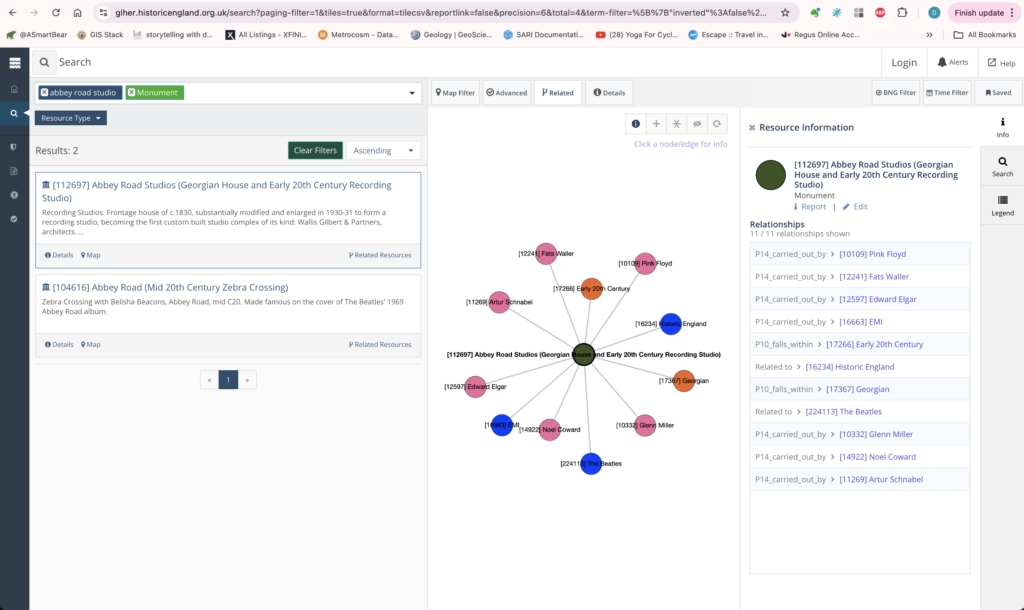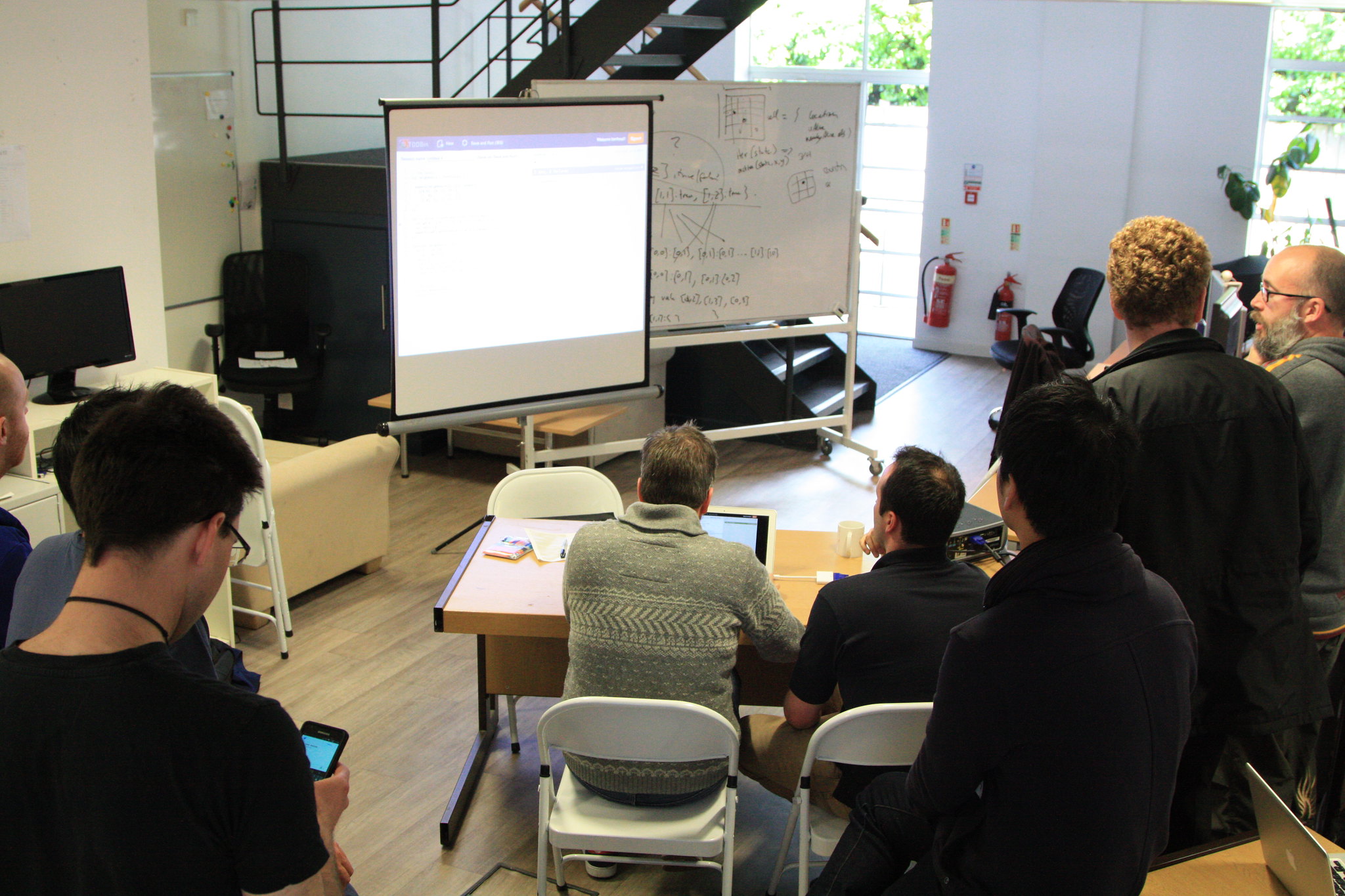October 28th, 2024
When you think of The Beatles, you remember iconic songs, picture colorful suits or their legendary strides across Abbey Road. The four guys who started out as a niche, little indie band transformed the face of music as we know it, and their influence spread all over the world. But when it comes to preserving the cultural heritage that goes along with that influence, where do we draw the line between protection and evolution?
After all, it is precisely their status as cultural icons that can make us forget the fact that The Beatles weren’t just an overnight sensation. The story of their success and influence is made up of many people, places, activities, and events—and untangling the web of what is important to their story feels like an impossible task without the right tools in place.
Like the EMI Records producer George Martin taking a chance on the Beatles, Historic England has implemented the open-source platform Arches (the new kid on the block for managing sophisticated resource information) to help them document and preserve the complex landscape of Great Britain’s cultural heritage resources.
Mission Critical Infrastructure
Success in their mission means that Arches for HERs is managing the tension between development and preservation, and the first order of business is to ensure that their inventory of cultural resources can be queried for the data it contains. Dealing with hundreds of thousands of entries can feel a bit like looking for a needle in a haystack, but Arches gives users the capability to refine a search with a few clicks—filtered by specific attributes, time period, or geographic location.
Let’s say that I wanted to find a key piece of Beatles history that was consequential in their meteoric rise to fame.
First off, I want to narrow the focus of my search to just monuments, as I’m not particularly sure what cultural heritage resources exist in relation to The Beatles, and querying these specific attributes is a simple task.
If we want to think in terms of traditional GIS databases, Arches users can use the spatial data and customize resource overlays so that resource instances of a specific type are showcased. It’s also an effective way to further specify the resources that I am looking for. To keep things simple, I just want to see the resources that are in Northern London.
Time period queries are a uniquely powerful aspect of Arches’ dynamic findability. Humans can properly understand and contextualize an ambiguous range of time—computers, not so much. Whereas other systems struggle to catalog this information, Arches is built to allow for ambiguity in definitions of time, keeping resources organized and accessible. The Time Wheel allows users to query these ambiguous ranges and display the resources that fall within the selected time periods. In our example, Abbey Road Studios was the home of The Beatles recording sessions throughout the 1960s.
Illuminating Cultural Heritage
And now that we’ve gotten a small piece on this little band’s history, we have access to a web of inter-related people, places, activities, and events. Arches can show you the essential relationships between resources, so that you have the context you need to understand a specific resource, or continue your research into an area that interests you.

Most importantly, Arches for HERs opens up this information to the public. Anyone can go online and query Historic England’s database, as well as submit provisional edits to existing or new cultural heritage resources. This unparalleled level of access allows Historic England to engage with communities across Great Britain and drive sustainable practices in heritage management for the coming generations.
Join us next week as we examine how this searchable inventory can be utilized to make stewardship decisions!





